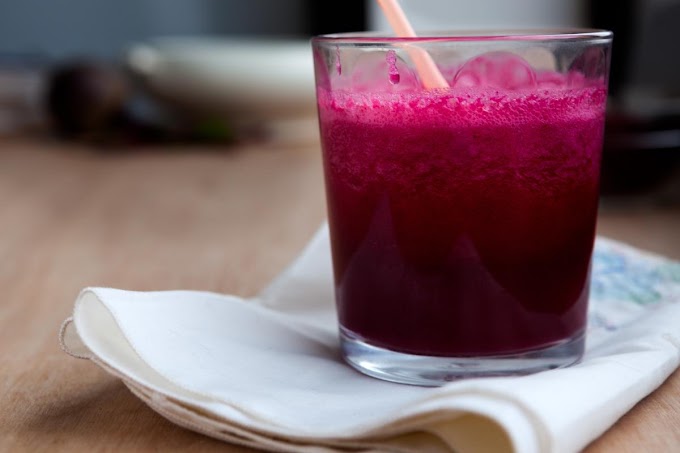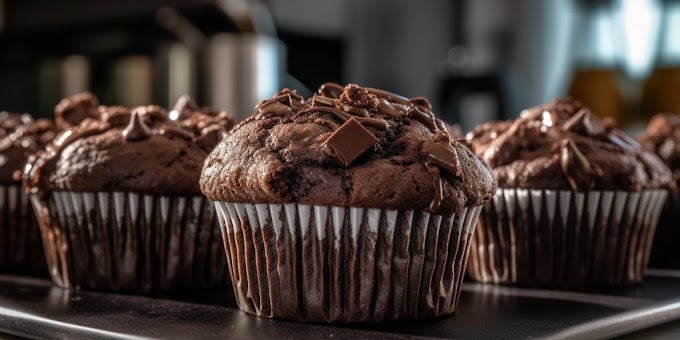There’s nothing quite like a stack of warm, fluffy pancakes to start your day on a high note. Whether you're preparing breakfast for your family, brunch with friends, or just treating yourself, making fluffy pancakes at home is a skill worth mastering. The good news is that it’s not as complicated as it might seem. With the right techniques and a few insider tips, you can achieve pancake perfection every time. Here’s a comprehensive guide to ensuring your homemade pancakes are light, airy, and downright delicious.
1. Choose the Right Ingredients
The quality of your ingredients plays a significant role in the outcome of your pancakes. Here’s what you need to consider:
Flour: All-purpose flour is the go-to choice for fluffy pancakes, but you can experiment with cake flour for an even lighter texture.
Leavening Agents: Baking powder is essential for fluffiness, giving your pancakes that desirable lift. Make sure your baking powder is fresh; it loses its effectiveness over time.
Eggs: Eggs add structure and moisture. Separate the egg whites and yolks for an even fluffier result (more on this later).
Milk: Whole milk is ideal as it provides the right balance of fat and moisture, but you can substitute it with buttermilk for extra tanginess and tenderness.
Sugar: A small amount of sugar in the batter adds a touch of sweetness and helps with browning.
2. Use Fresh Ingredients
Using fresh ingredients can significantly impact the flavor and texture of your pancakes. This is especially true for leavening agents like baking powder, which lose their potency over time. Make sure your baking powder and baking soda are well within their expiration dates to ensure maximum fluffiness.
3. Don't Overmix the Batter
One of the most common mistakes people make when making pancakes is overmixing the batter. While it might be tempting to stir until the batter is completely smooth, doing so will result in tough, dense pancakes. The key is to mix the ingredients just until they’re combined. It’s perfectly fine if there are a few lumps in the batter—they’ll work themselves out during cooking. Overmixing develops the gluten in the flour, which leads to a chewy texture rather than a fluffy one.
4. Let the Batter Rest
After mixing your pancake batter, it’s essential to let it rest for at least 5-10 minutes. This rest period allows the flour to fully hydrate and the leavening agents to start working. The result is a batter that produces light, fluffy pancakes. Skipping this step can result in flatter, denser pancakes.
5. Separate and Whip the Egg Whites
For an extra level of fluffiness, try separating the egg yolks from the whites. Add the yolks to the batter as usual, but whip the egg whites in a separate bowl until they form soft peaks. Gently fold the whipped egg whites into the batter right before cooking. This technique incorporates more air into the batter, making the pancakes even lighter and fluffier.
6. Use the Right Temperature
Cooking pancakes at the correct temperature is crucial. If the pan is too hot, the pancakes will burn on the outside while remaining undercooked inside. If the pan is too cool, the pancakes won’t brown properly and will have a gummy texture. The ideal temperature is medium to medium-low heat.
To test the heat, sprinkle a few drops of water onto the pan. If they sizzle and evaporate immediately, the pan is ready. Alternatively, cook a small test pancake to gauge the temperature before committing to the full batch.
7. Use a Non-Stick Pan or Griddle
A non-stick pan or griddle is your best friend when making pancakes. It ensures even cooking and prevents sticking, allowing you to flip your pancakes with ease. If you don’t have a non-stick pan, lightly grease your pan with a small amount of butter or oil before cooking.
8. Cook in Batches
Avoid overcrowding the pan by cooking your pancakes in batches. This allows for even heat distribution and makes flipping easier. Once cooked, keep the pancakes warm by placing them in a low-temperature oven (around 200°F or 95°C) until you’re ready to serve.
9. Look for Bubbles Before Flipping
Knowing when to flip your pancakes is key to achieving the perfect texture. Wait until bubbles form on the surface of the pancake and the edges look set before flipping. This usually takes about 2-3 minutes per side. Flipping too early will result in undercooked pancakes, while flipping too late can cause them to burn.
10. Flip Gently
When it’s time to flip, do so gently but swiftly. Use a thin, wide spatula to lift the pancake and flip it in one smooth motion. Avoid pressing down on the pancake with the spatula after flipping, as this can deflate it and result in a denser texture.
11. Add Extras at the Right Time
If you’re adding extras like blueberries, chocolate chips, or nuts to your pancakes, do so after pouring the batter into the pan but before flipping. This ensures the extras are evenly distributed and cooked into the pancakes without burning.
12. Serve Immediately
Pancakes are best served immediately after cooking, while they’re still warm and fluffy. If you’re making a large batch, keep them warm in the oven as mentioned earlier, but try to serve them as soon as possible for the best texture and flavor.
13. Experiment with Flavors and Toppings
Once you’ve mastered the basic fluffy pancake, don’t be afraid to experiment with different flavors and toppings. You can add a dash of vanilla extract, cinnamon, or even a spoonful of Greek yogurt to the batter for extra flavor. When it comes to toppings, the possibilities are endless—from classic maple syrup and butter to fresh berries, whipped cream, or a drizzle of honey.
14. Don’t Forget the Sides
Pancakes are often served as part of a larger breakfast spread. Consider pairing them with crispy bacon, scrambled eggs, or fresh fruit for a complete and satisfying meal. The contrast between the sweet, fluffy pancakes and savory sides creates a balanced and delicious breakfast experience.
Conclusion
Making fluffy pancakes at home is an art that, once mastered, will bring joy to your breakfast table time and time again. By paying attention to the quality of your ingredients, not overmixing the batter, and cooking at the right temperature, you can achieve pancake perfection with ease. Whether you prefer them plain or loaded with extras, these tips will ensure your pancakes are always light, airy, and irresistibly fluffy. So next time you’re in the mood for a delicious homemade breakfast, follow these guidelines and enjoy a stack of pancakes that are as delightful to eat as they are to make.








Social Plugin